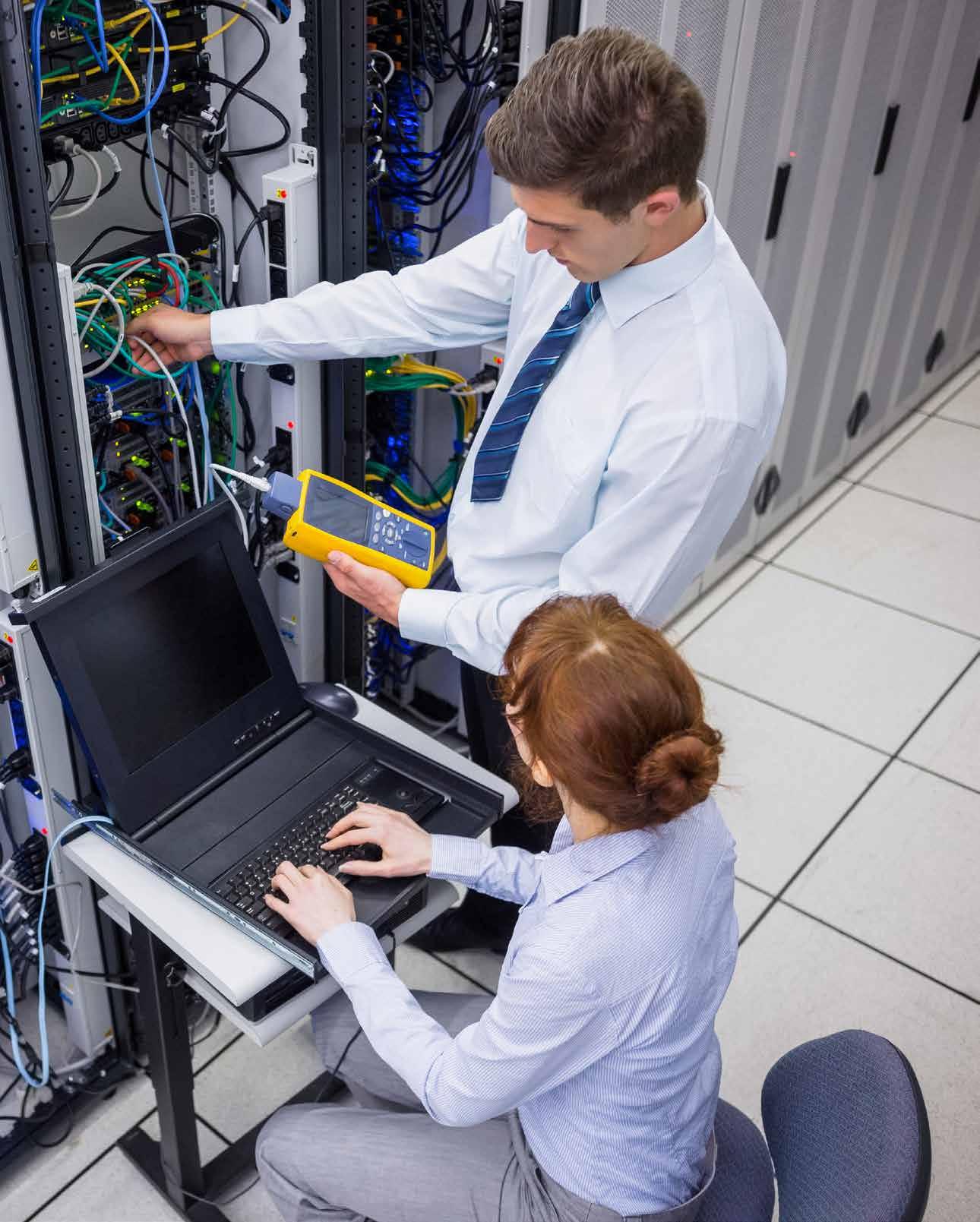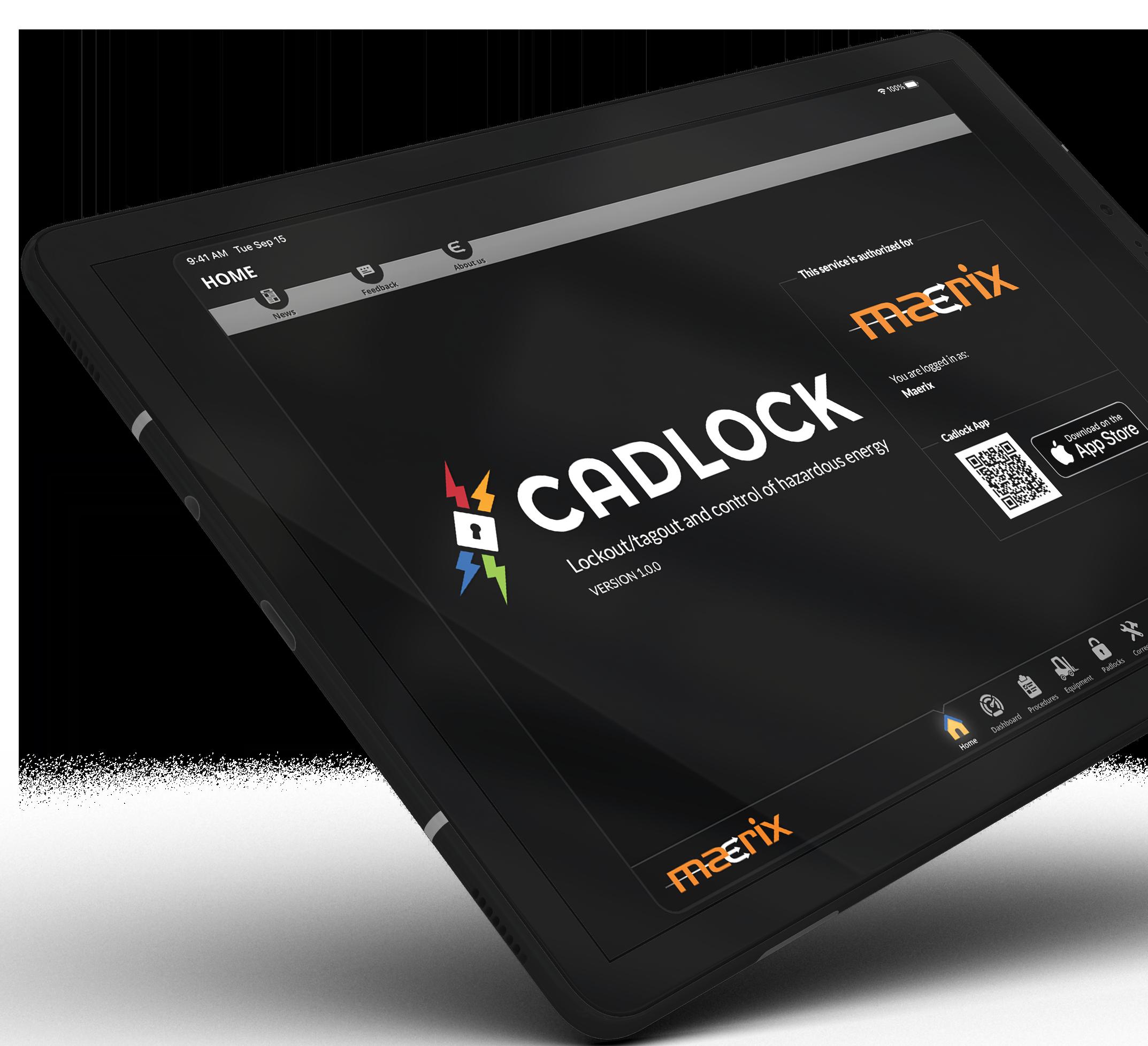
8 minute read
Energy Capital
MAJOR COMPANIES LIKE AWS SPEARHEADED THE DATA CENTER GROWTH IN THE US, DURING 2021
sources to cleaner ones also represents a challenge that will require technological innovation to overcome.
Advertisement
Nevertheless, today, more than ever, the path is clear, and the more sustainable solutions there are, a lot of positive changes will be pushed in the business and technology realms. More so, potentially, these changes would provide green sources of energy and positively impact the communities in which projects operate.
The main drivers
According to Chris Pennington, Director of Energy and Sustainability at Iron Mountain Data Centers, one of the main drivers for sustainability in the Data Center industry are customers themselves. Firstly, since 2018 many companies have implemented climate goals or targets to achieve in the future. As this practice becomes a trend, those companies that have disregarded climate action face not only pressure from stakeholders and investors but also from their customers.
In fact, a recent survey conducted by 451 Research found out that almost a third of multi-tenant data center (MTDC) representatives said all their customers wanted contractually binding commitments to efficiency and sustainability. Consequently, companies with sustainability commitments can simply no longer afford to use MTDC providers that don’t prioritize carbon-free energy solutions.
Data Center sustainability in context
According to Pennington, Data Centers’ journey to sustainability has more than 10 years now. It began in 2007, when the largest data center operators, from Google to Facebook to Amazon, started to improve the efficiency of their equipment and data center facilities. As a result, other Data Center providers began to notice, especially as efficiency yielded considerable savings in electricity and slashed the carbon impact of these businesses.
Consequently, renewable energy procurement to power Data Centers’ operations became a common practice amongst operators. In fact, this industry pioneered other large industries in making renewable energy accessible for their operations.
Moreover, companies like Pennington’s Iron Mountain provided a new piece of the puzzle. They developed a protocol under the moniker of Future of Internet Power which offers
customers the ability to recognize that the electricity they consumed from their Data Center provider was clean. Protocols like this are now common ground for many other companies.
A 2021 overview
During 2021 we saw a tremendous number of initiatives to lower the environmental footprint of Data Centers through the procurement of renewable energy. In fact, major utilities and technology companies came together to develop strategies to achieve this.
Firstly, Cyxtera, a global leader in Data Center colocation and interconnection services, announced in July that NextEra Energy Resources would be its renewable energy partner for delivering green electricity to its Data Center footprint across North America.
As a result of the agreement, the companies would
USD$101,45

BILLION MARKET SIZE BY 2027
work together to develop both green energy projects and next-generation Data Centers. These facilities would include environmentally friendly technology and renewable energy provided by NextEra Energy Resources.
On the other hand, in that same month, Energy Solutions Group, the sustainable energy investment and development firm launched a $100 million financing facility for the rollout of renewable energy projects; with a special approach on green data centers.
According to the companies, about $28 million of the $100 million facility would go to develop a top-notch Data Center in the Midwest of the United States, particularly in the greater Chicago area. The facility is actually located in a site where the largest powerplant polluter in the U.S. was. The whole site is currently under repurpose and will hold the high-technology data center that will carry data for global hyper-scalers, national companies, and blue-chip telecommunication carriers.
Top companies go green on Data Centers
Nevertheless, maybe the greatest example of the effort of technology companies to ‘green’ Data Centers came from major companies like Microsoft, Google, Facebook, and Amazon. Particularly, Microsoft announced in mid-2021 a strategy dubbed as 100/100/0, which stands for delivering 100% energy, 100% of the time, from 0 carbon sources.
The goal of Microsoft’s strategy is very clear: to operate with 100% carbon-free energy 100% of the time by 2030. As a result, the company signed many power purchase agreements to

VERTIV CEO, ROB JOHNSON.
achieve this goal. In total, those PPA’s accounted for around 5.8 gigawatts of renewable energy across 10 countries around the globe, including 35 individual deals, 15 of them in Europe, spanning Denmark, Sweden, Spain, the U.K., and Ireland.
Moreover, Microsoft partnered with the AES Corporation in November to further expand its green energy efforts. Under the agreement, AES would deliver around-the-clock renewable energy to Microsoft’s Data Centers in Virginia for 15 years. According to the statement, the agreement would both utilize existing renewable projects under a long-term contract to Microsoft while also adding additional renewable resources in the region.
Finally, Amazon became the most significant corporate buyer of renewable energy in the world after engaging in renewable energy projects across the globe to power the company’s operations. Many of those projects are located in the U.S. In early December, Amazon reached a total of 5,6 gigawatts of procured green energy capacity in 2021. Such green energy would supply Amazon’s corporate offices, fulfillment centers, and Amazon Web Services (AWS) Data Centers.
What’s next for the Data Center market in the US?
All of this growth in sustainability also leveraged growth in the Data Center market as a whole. According to advisory and intelligence firm Arizton, the Data Center market in the U.S. saw a growth of 110 new or expansion projects in 2021 alone. The western U.S. dominated the market with an investment share of over 30%.
Moreover, hyperscale operators, including Facebook, Microsoft, and AWS, were major investors in the U.S. market during 2021 and accounted for over 60% of the investment received during the year. During the past 12 months, the market also witnessed the entry of several new entrants, including Cirrus Data Services, DāSTOR, Novva, and Yondr.
Consequently, with major investment and new players in the market, Arizton forecasts that the
U.S. Data Center market will grow at a CAGR of 2% from 2022 to 2027, and will reach a $101,45 billion size by the end of that year.

In addition, new technologies like the cloud, big data, and IoT will be the main triggers for investment and infrastructure development. To further attract investment, many local governments will offer investment and sales tax incentives focused on effective data center operations and renewable energy procurement.
As an example, Prince Edward County in Virginia has lowered the data center tax on the equipment used in Data Centers. Of course, sustainability will also be the primary driver for growth and investment. As outlined above, AWS was a primary driver of growth. It announced 11 renewable energy projects in the U.S., with the first set of solar projects in Arkansas, Mississippi, and Pennsylvania, and additional projects in Illinois, Kentucky, Indiana, and Ohio.
Nevertheless, according to Arizton, the increased demand for renewable electricity for Data Centers will increase power consumption and, therefore, electricity prices. Consequently, increasing power capacity will propel the demand for data center power infrastructure throughout the forecast period.
What to expect and conclusions
As a result, power infrastructure for Data Centers will have a lot of demand in the coming years. Devices like generators, transfer switches, power distribution units, etcetera will be the most sought devices for Data Center development. Cooling systems and their associated installation services will also thrive during the forecast period.
Finally, according to Vertiv, the Data Center market around the world will scale its sustainability efforts aggressively, particularly regarding the use of renewable energy, but also in the efficiency and utilization realms. Vertiv CEO Rob Johnson said about the matter. “As we move into 2022, data center operators and suppliers will actively pursue strategies that can make a real difference in addressing the climate crisis.”
Using outdated procedures for lockout/tagout can have serious consequences.
Cadlock, an innovative Lockout/Tagout Management Software that can save lives
Maerix, a Quebec-based company has developed a unique lockout-tagout management software that will improve efficiency and safety of industrial operations.



SARAH HILL DIRECTOR OF CUSTOMER EXPERIENCE ANDRÉANNE LEFEBVRE MARKETING COORDINATOR
CADLOCK WAS DEVELOPED ENTIRELY IN QUEBEC BY THE MAERIX TEAM, LEVERAGING DECADES OF EXPERTISE AND TALENT. BY: MAERIX
For many years, employers have been legally bound to ensure their staff’s safety while they work in the danger zone of an equipment. Equipment must be shut down and inoperable until maintenance or repair work is completed, according to the minimum requirements for controlling hazardous energy outlined by the OSHA standard. The most common and efficient way to implement this is the use of lockout/tagout (LOTO) procedures, where each employee ensures his or her own safety using a personal padlock that uses a unique key. Annually, vast sums are invested in creating these complex procedures which are often stored on paper, which causes them to quickly become outdated and inefficient. Using outdated procedures for lockout/ tagout can have serious consequences leading to injuries. According to OSHA, compliance with the lockout/ tagout standard prevents an estimated 120 fatalities and 50,000 injuries each year. As a reference, in 2020, 3,970 workers suffered lost-time injuries from being caught in running equipment or machinery during maintenance or cleaning, according to Bureau of Labor Statistics (BLS) data. Further, in 2019, there was 93 fatalities from similar exposures.
3,970
WORKERS SUFFERED INJURIES FROM RUNNING EQUIPMENT IN 2020





